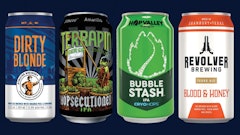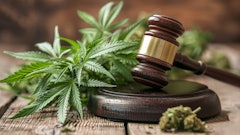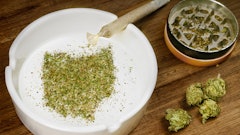

As we wrote in the December 2019 edition of “M&A Monthly,” the Federal Trade Commission and the U.S. Department of Justice (DOJ) Antitrust Division have taken great interest in recent cannabis deals—especially blockbuster transactions along the lines of Cresco Labs’ acquisition of Origin House. Cannabis is still illegal, but the feds are beginning to enforce their rules.
Then, in late June of this year, a DOJ whistleblower testified before a U.S. House committee that Attorney General William Barr had launched some of those antitrust investigations because of a personal dislike for the cannabis industry. In other words, there was a political motivation behind the sudden scrutiny, according to John Elias, a career DOJ employee.
"Rejecting the analysis of career staff, Attorney General Barr ordered the Antitrust Division to issue Second Request subpoenas," Elias said in his testimony, citing 10 mergers or acquisitions that received an extra look from the DOJ. "The rationale for doing so centered not on an antitrust analysis, but because he did not like the nature of their underlying business. … For context, these kinds of investigations are rare: On average, only 1% to 2% of the thousands of transactions that come before the Division each year get a full review."
So, what does this mean?
For one, we can’t turn back the clock. Multistate operators have already felt the cooling effect of antitrust investigations. It’s less the substance of the scrutiny than the destabilizing nature of new federal compliance. Antitrust reviews delayed many large cannabis deals last year, forcing businesses to renegotiate terms in an uncertain marketplace while the DOJ sniffed out the contract. Cresco Labs, for example, watched the stock value of its purchase halve while waiting for the deal to close. A proposed $682-million merger between MedMen and PharmaCann was terminated in October 2019.
As of mid-July, this matter is far from over in Congress. Two U.S. House reps filed a resolution in favor of impeaching Barr, citing, among other reasons, his overzealous sightlines on the cannabis industry.
While Barr remains in office, will we see more of these antitrust investigations in the otherwise federally illegal cannabis space? It’s hard to say. M&A activity has been a slog this year: 36 deals closed through the first half of the year, compared with 290 in all of 2019, according to data from Viridian Capital Advisors. Growth capital is still tough to find, outside of new robust special purpose acquisition corporations (SPACs) working the market. These trends make the sorts of mid-sized business combinations and public-company stock moves that swept through the industry in 2018 and early 2019 all the more palatable for companies interested in expansion.
In a Viridian Capital report that ushered in 2020, the firm stated, “There is a market shift toward stock-for-stock mergers versus cash-based acquisitions in order to achieve economies of scale while preserving cash.” Sounds like the Cresco deal. And based on what we’ve seen thus far in 2020, it seems to be where the industry is headed.























